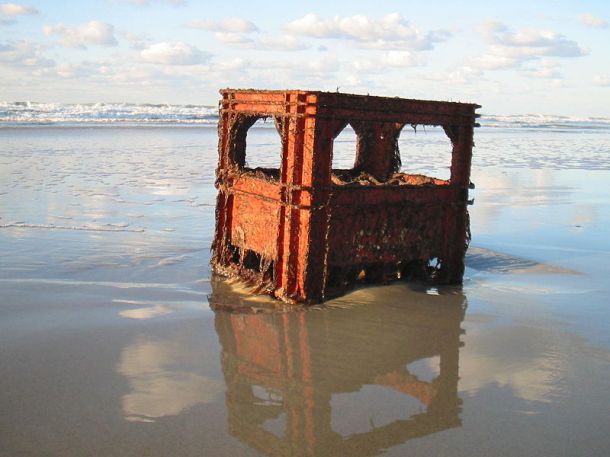
Most of the wreckage of Malaysia Airlines flight MH370 is on the bottom of the southern Indian Ocean more than 2500 kilometres SW of Perth, but retrieving the small amount believed to be floating on the surface before it is completely lost is the urgent and difficult task of the Australia coordinated recovery effort.
The indications as to where the wreckage lies have been scattered by winds, waves and currents since the 777-200ER and the 239 people on board crashed into the sea some time soon after 8.11 am Kuala Lumpur time on 8 March.
The two ships believed best positioned to find and secure the clues are Australian naval vessel HMAS Success and the China ice breaker Snow Dragon, which had recently completed its Antarctica missions for the southern polar summer just ended.
HMAS Success is officially described as near the two objects, one circular, one rectangular, spotted by an RAAF P3 Orion in deteriorating visibility yesterday and announced to Parliament last night by Prime Minister Tony Abbott.
Being near, or actually retrieving objects in this wild oceanic environment are two very different things.
The rising catalogue of floating objects sighted by air and found on satellite images and the French space radar will almost certainly contain flotsam and even jetsam from shipping, as well as items that may have come from MH370.
(Flotsam falls off ships or is released by shipwrecks, jetsam gets thrown off ships, sometimes to prevent shipwrecks).
Important clues as to the calamity or crime that overtook or was imposed upon MH370 and its lost souls may be found in the debris.








Crikey encourages robust conversations on our website. However, we’re a small team, so sometimes we have to reluctantly turn comments off due to legal risk. Thanks for your understanding and in the meantime, have a read of our moderation guidelines.